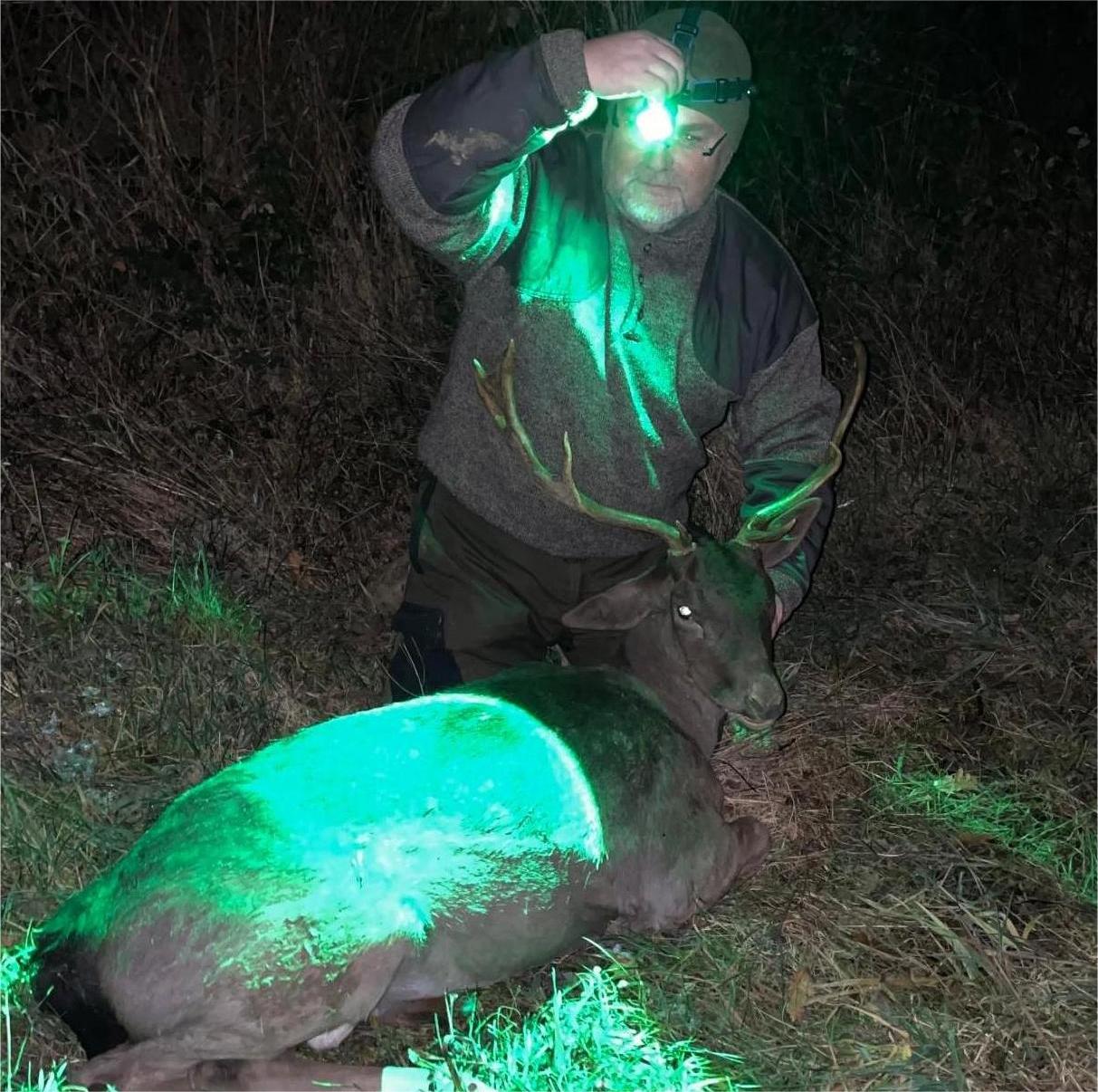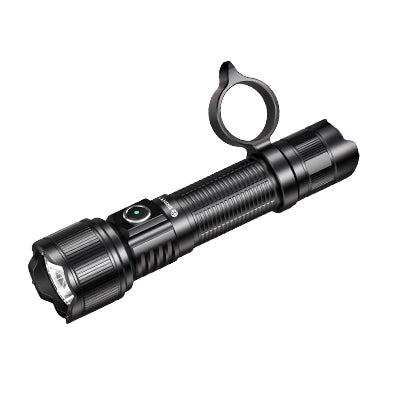Introduction
Night stalking is one of the most demanding forms of hunting. In darkness, you don’t just rely on your weapon—you rely on your lighting technique. Many hunters carry high-powered flashlights, but few understand how to use light strategically to stay hidden, read the environment, and take the shot safely.
Master your light, and you master the night.
Move in Low Light — Stay Invisible, Stay Silent
When moving through the woods at night, your goal is simple: don’t look like a moving spotlight. Animals detect sudden or intense light long before they sense your scent or footsteps.
Pro movement rules:
- Use low mode or moonlight mode when walking.
- Keep the beam angled 45° downward to avoid broadcasting your location.
- Prefer red light for short-range navigation—it protects your night vision and is less alarming to wildlife.
- When possible, keep the light close to your body or chest-mounted to reduce side scatter.
This keeps you hidden, avoids spooking game, and preserves energy for long hunts.
Scan Smart — Wide First, Narrow Later
Lighting discipline during scanning separates casual hunters from seasoned night predators. The rule is simple:
Wide beam for awareness → Narrow beam for confirmation.
Step 1: Initial sweep with floodlight
A wide, soft beam:
- reveals terrain edges
- identifies obstacles
- avoids tunnel vision
- creates a clear mental map of your surroundings
Step 2: Target confirmation with throw beam
Use a tighter, longer-reaching beam only when:
- see shape or motion
- need to confirm eyeshine
- must verify the species
Use momentary-on (quick taps)
Short pulses prevent the animal from locking onto your location while giving you enough visual data to track movement.
This strategy dramatically reduces detection risk, especially for boar, coyotes, and foxes.

Control Your Beam — The Art of Light Discipline
Light discipline is the most overlooked hunting skill. You’re not just using a flashlight—you’re controlling a visible signature in the dark.
Core principles:
-
✔ Keep brightness as low as the task allows
High-lumen blasts immediately alert animals and destroy your own night vision. -
✔ Avoid lighting reflective surfaces
Rocks, wet grass, and tree trunks bounce light far—animals notice this instantly. -
✔ Use peripheral light
Instead of shining directly at the animal, use the beam’s edge to observe movement and behavior. -
✔ Never track animals with a constant beam
Pulse only when needed. Continuous illumination teaches animals exactly where you are.
This is how professional night hunters stay invisible.
Shoot with Tactical Light Timing — Light, Identify, Fire
The moment before a shot demands full control. Your lighting should help you identify the animal—not blind it for long periods.
Correct sequence:
- Momentary ON — quick burst to confirm species, antlers, background safety.
- Identify movement direction — ensure the animal is in a safe zone.
- Take the shot as soon as ID is clear.
Never use Turbo mode during pre-shot scanning
Turbo is only for:
- quick scanning at extreme distances
- emergency visual confirmation
- retrieving downed game
Maintaining controlled bursts reduces panic response and ensures ethical, accurate shooting.

Advanced Techniques Used by Professional Night Hunters
“The light stays still, the hunter moves.”
Avoid waving your beam around. Keep the light stable; reposition your body instead.
Use terrain to hide your lighting
Bushes, slopes, and tree trunks can mask your beam edge and prevent projection.
Scan from the shadows, not open spaces
Your visibility increases drastically when standing in open terrain.
Combine light with thermal or night vision
Hybrid setups give unmatched situational awareness without unnecessary brightness.
Recommended Lighting Tools for Night Stalking (Natural Integration)
These examples match the techniques above:
Brinyte HL28 Headlamp
- Adjustable flood + throw
- Perfect for “wide → narrow” scanning technique
- Hands-free movement and situational flexibility
Brinyte T28 Artemis
- Red / Green / White beam selection
- Ideal for stealth movement, animal identification, and tactical burst lighting
Brinyte PT28 Tactical Light
- Fast strobe switch and momentary-on
- Great backup light for fast reaction scenarios

FAQ (Optimized for Featured Snippets)
1. What brightness is best for night stalking?
Use 10–80 lumens for movement, 200–400 lumens for scanning, and momentary high output for identification.
2. Is red or green light better for stealth hunting?
Red is best for stealth and preserving night vision. Green offers better clarity for identifying animals at mid-range.
3. Should I walk with my flashlight on during night hunts?
Yes, but only in low mode and angled downward to avoid spooking animals.
4. How do I scan the environment properly at night?
Start with a flood beam for wide awareness, then use a throw beam to identify distant targets.
5. When should I use Turbo mode on hunting flashlights?
Only for rapid long-distance checks or emergency identification—not during approach or scanning.
6. What’s the safest way to identify a target before shooting?
Use short, momentary bursts to confirm species, body shape, movement direction, and background.
Conclusion — Master Light, Master the Night
Night stalking success doesn’t depend on having the brightest flashlight. It depends on:
- Movement discipline
- Scanning strategy
- Beam control
- Short-burst target identification
- Practical field awareness
Hunters who understand these principles gain a massive advantage in stealth, safety, and accuracy.
If you want to elevate your night hunting skills, start with your lighting technique—because the hunters who master light, truly master the night.



